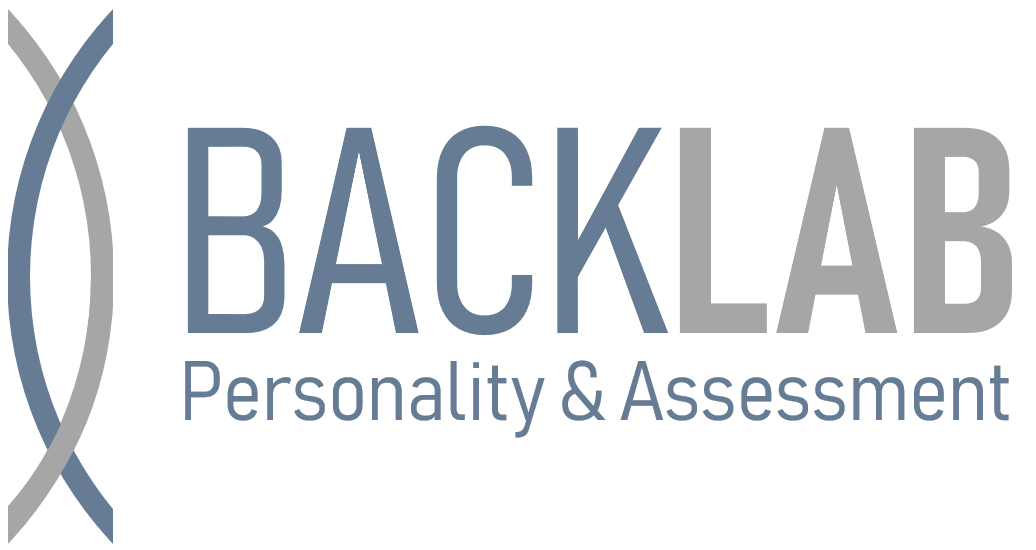Personality Judgments
Judging other’s personalities is a ubiquitous and highly consequential phenomenon. Even if we encounter a complete stranger we are immediately left with an impression of his/her personality traits. Personality judgments are not only often based on minimal information, they also tend to be relatively stable and influence our everyday social decisions.
But how valid are these spontaneous social snapshots? In a first stream of research on personality judgments, we investigate the accuracy of personality judgments at zero acquaintance in a wide range of social contexts including photographs, video- and audio-taped as well as written self-introductions, dyadic and group interactions, creative linguistic expressions, computer-mediated communications, and game paradigms. We focus on explaining why (processes: How do people achieve accuracy?) and when (moderators: Who is more accurate? Who can be judged more accurately? What aspects can be judged more accurately? Under which circumstances is accuracy stronger?) personality impressions are accurate. In doing so, we typically apply Brunswikian lens model analyses that explain accuracy patterns by individual differences in how much observable cues reflect the targets actual personality (cue validity) and in how consistent and sensitive observers make use of these cues when forming their personality judgments (cue utilization). We also investigate the long-term social consequences of individual and dyadic differences in zero acquaintance accuracy (e.g., effects on friendship and romantic relationship development). We apply the conceptual and methodological toolkit developed in these projects to analyze and potentially improve the accuracy of interpersonal judgments in important applied contexts such as impressions of refugees, client and therapist judgments in the course of psychotherapy, judgments during different stages of the applicant selection process, and teacher-pupil judgments in the classroom.
In a second stream of our research on personality judgments we focus on individual differences in judgment tendencies. People differ in the way they generally see others when getting to know them for the first time. These differential tendencies can be measured by a perceiver's mean rating across a set of target persons or by the perceiver effects in the social relations model. We investigate whether these tendencies can be seen as stable idiosyncratic stereotypes about the "generalized other", their underlying structure, and whether they can be used to predict important outcomes. Concerning the structure of perceiver effects, we examine whether one single factor representing the global tendency to form rather negative vs. positive impressions of others underlie perceiver effects or whether they reflect a more complex multi-factorial structure across content domains. With regard to outcomes, we analyze which interpersonal consequences emerge from perceiver effects in the domains of agency and communion. We examine the patterns that perceiver effects in these content domains induce in behavioral outcomes as well as in reputations among peers.

